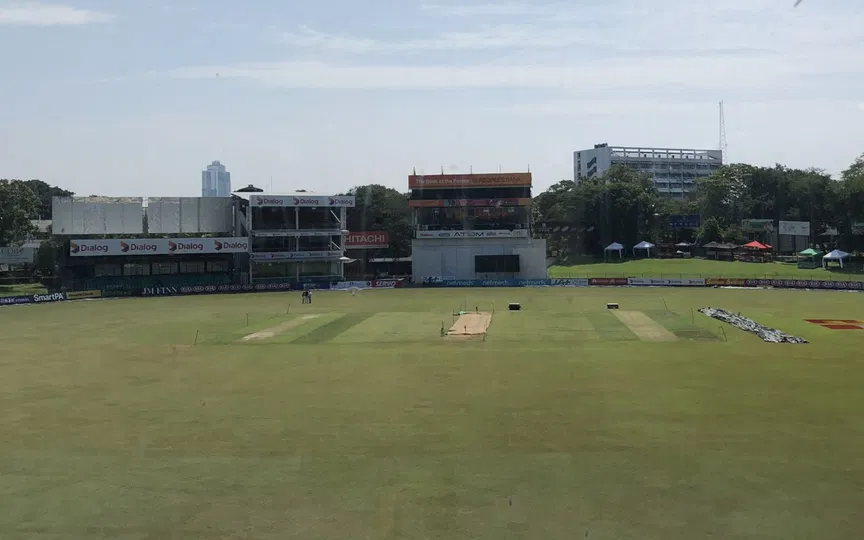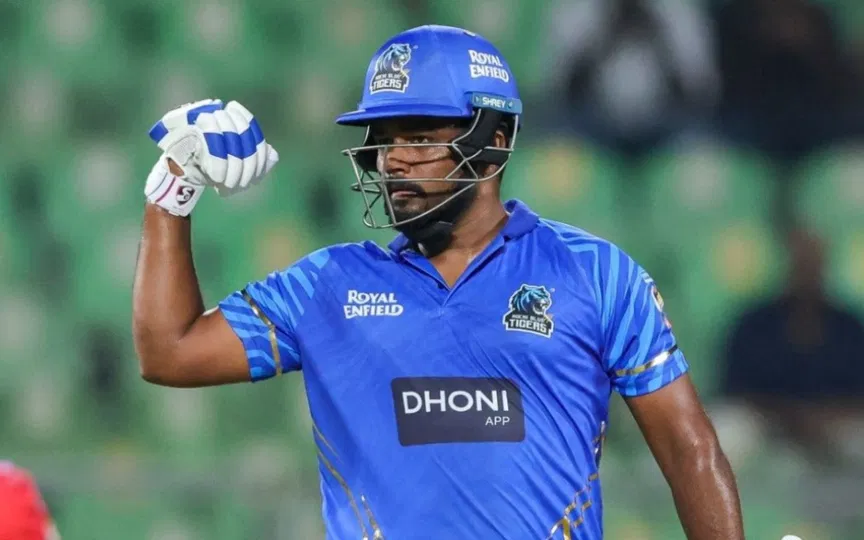.jpg?type=hq) Sachin Tendulkar and Anil Kumble (Source: AFP)
Sachin Tendulkar and Anil Kumble (Source: AFP)
Captaining India in Test cricket has always been a badge of honour for the players who represent their side at the highest level of the game. Every aspiring cricketer dreams to represent India in international cricket, especially the red-ball format.
In the 93-year long history of the Indian Test team, 38 players have led the side in the traditional format of the game.
The list includes the successful captains, alongside the legends of the game who got a chance to lead India in Tests. But, the numbers reflect a story that the legends who achieved the height of success in their individual Test career, failed miserably when it came to captain the team in the longest format of the game.
With that said, here we’ll have a look at and dissect the time frames in Indian cricket when the cricketing legends of their era were given the captaincy. But unfortunately they failed to translate their individual brilliance and legacy into a good captaincy tenure.
Cricketing greats who led India in Tests
Apart from most of the Indian Test captains we know, the greats like Bishan Singh Bedi, Kapil Dev, Sachin Tendulkar, and Anil Kumble. All of these four legends had achieved some amazing numbers in their respective Test careers.
But when it came to captain the side, all of these legends failed to be a good leader, who can carry and guide the team to the wins in the red-ball cricket.
Bowling greats who captained India (Individual Career)
| Player | Innings | Wickets | 4w/5w |
| Bishan Singh Bedi | 118 | 266 | 13/14 |
| Anil Kumble | 236 | 619 | 31/35 |
Batting greats/all-rounders who captained India (Individual Career)
Kapil Dev
| Innings (Bat) | Innings (Bowl) | Runs/Wickets | 50/100 & 4w/5w |
| 184 | 227 | 5,248/434 | 27/8 & 17/23 |
Sachin Tendulkar
| Innings | Runs | Average | 50/100 |
| 329 | 15,921 | 53.78 | 68/51 |
Kapil picked 434 wickets with the ball in 227 innings of the 131 Tests he played, including 17 four-wicket hauls and 23 five-wicket hauls. Besides that, he scored 5,248 runs in 184 innings with an average of 31.05, hitting eight centuries and 27 half-centuries.
Speaking of Sachin Tendulkar, who debuted for India in the late 80s, went on to become an all-time batting great, and achieved numerous cricketing records in his illustrious career. Tendulkar scored 15,921 runs in 329 innings of his 200-Test career, with 51 centuries and 68 half-centuries, still being the highest run-scorer, alongside having the most number of Test centuries.
Another Indian great who is still the leading wicket-taker for India in Tests after 17 years of his retirement, Anil Kumble, got a chance to lead in the red-ball cricket after Dravid stepped down from the role. Kumble, in his glorious Test career, bagged 619 wickets in 236 innings, with 31 four-wicket hauls and 35 five-wicket hauls.
Why legends couldn’t be the leaders - The horror of horrendous numbers
All of the above-discussed four legends were given the responsibility of India’s Test captaincy in their respective eras by the Board of Control for Cricket in India (BCCI). But there was something that was common among these four and that was their failure as India’s Test captain. They couldn’t replicate their great legacy into good captaincy numbers.
Legends of game, failures as captain (Captaincy Numbers)
| Captain | Matches | Win/Loss | % Win |
| BS Bedi (1976-78) | 22 | 6/11 | 27.27 |
| Kapil Dev (1983-87) | 34 | 4/7 | 11.76 |
| Sachin Tendulkar (1996-2000) | 25 | 4/9 | 16.00 |
| Anil Kumble (2007-08) | 14 | 3/5 | 21.42 |
Notably, none of these four captains achieved the winning percentage of 30 during their respective captaincy periods, which was quite alarming and damaging to their stature as a player as well.
Bishan Singh Bedi, the spin wizard of his era can be named as one of the few ‘struggling’ Test captains of India. He led India in 22 games, winning only six and losing 11 games, with five ‘drawn’ matches.
Kapil Dev, India’s first-ever World Cup-winning captain, failed to achieve the similar success in the longest format of the game. He won just four games and lost seven, alongside a tied game and 22 ‘drawn’ matches in the 34 Tests he led India. Following him, it was the legendary Sachin Tendulkar who failed miserably as Test captain, winning only four games, with nine defeats and 12 ‘drawn’ in his 25 games as captain.
The most recent captaincy failure of a legend in the entire history of Indian Test cricket is attributed to the former legendary spinner Anil Kumble, who hung his boots in 2008. After taking over from Rahul Dravid, Kumble captained India in 14 games, winning only three and losing five games, with six ‘drawn’ games.
Speaking of these instances in the current relevance, the young India batter Shubman Gill has also a lot of possibilities of becoming a modern-day great in the Tests. But the captaincy factor also seems to affect him in the long-run as he has not been up to one’s expectations from India’s Test captain.
Conclusion - Need of the hour to understand the difference
To get out of these kinds of downfalls of Indian cricket, the top management must understand the difference between a great player and a good leader. The notion to understand the fact is very simple, “all great captains could be amazing players, but all great players are not always great captains.”
So, it becomes very necessary for the decision makers to differentiate a player’s individual legacy from his leadership skills. It can also play a consequential role in their individual performances, causing long-term damage to the team.
.jpg)





